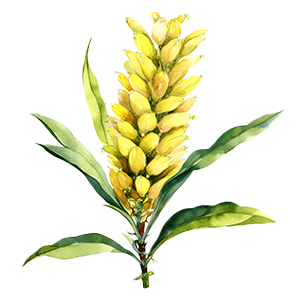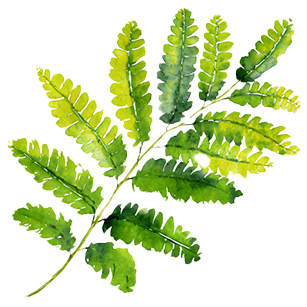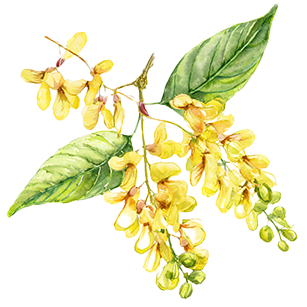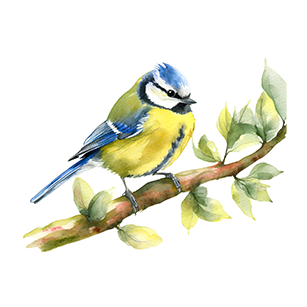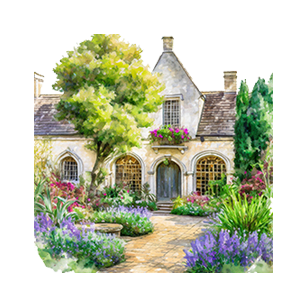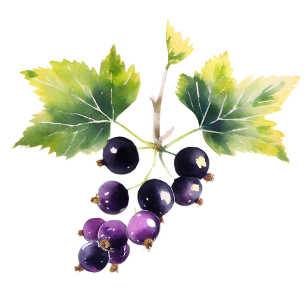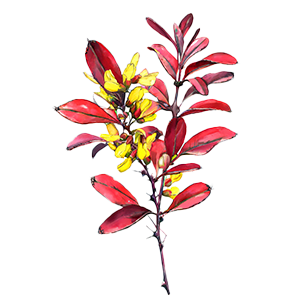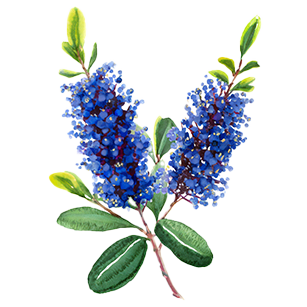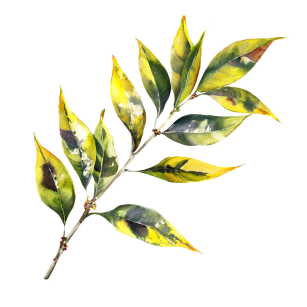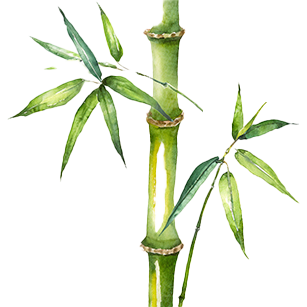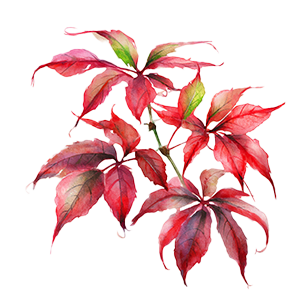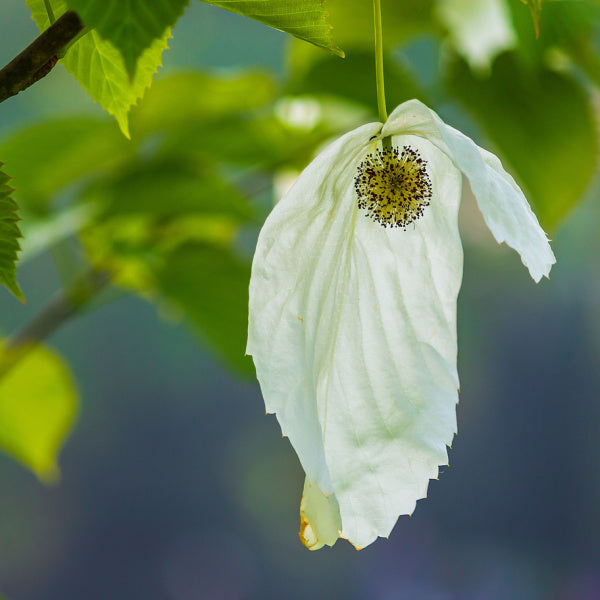Filters
Ornamental Trees expand_more
-
Ornamental Trees A-K
-
Ornamental Trees L-R
-
Ornamental Trees S-T
-
Tree Uses
Fruit & Nuts expand_more
-
Top Selling Fruit
Plants expand_more
-
Plants A-E
-
Plants F-O
-
Plants P-W
Climbers expand_more
-
Climbers A-W
-
Special Features
Conifers expand_more
-
Conifers
Grasses expand_more
-
Special Features
mail
Subscribe to our emails
Be the first to know about new collections and exclusive offers.
- Choosing a selection results in a full page refresh.













